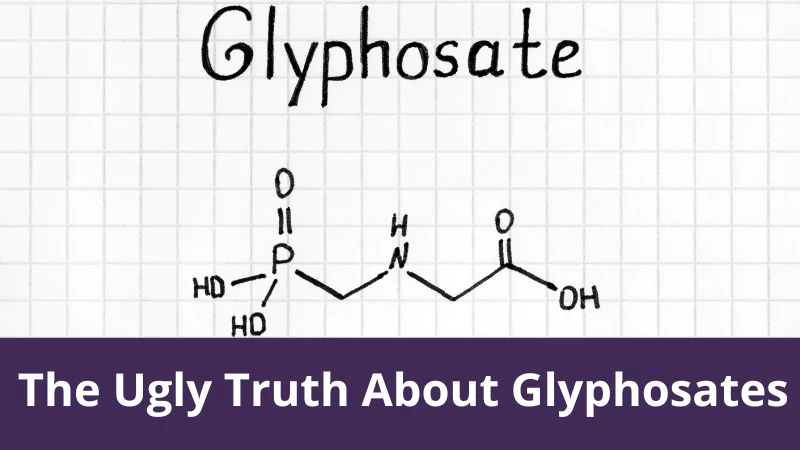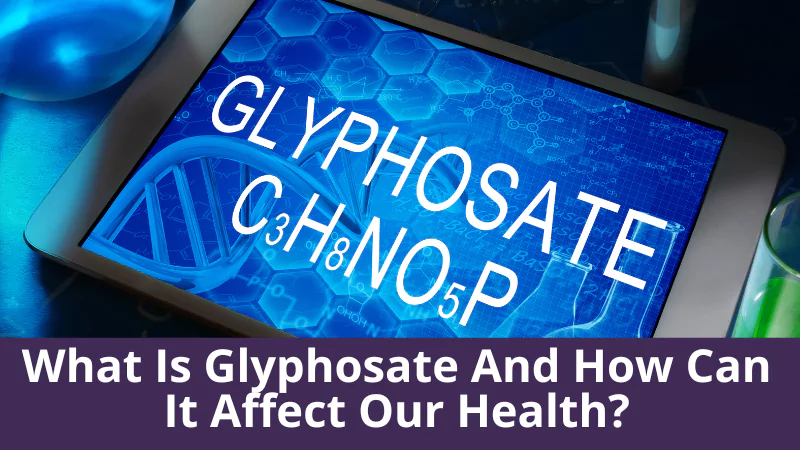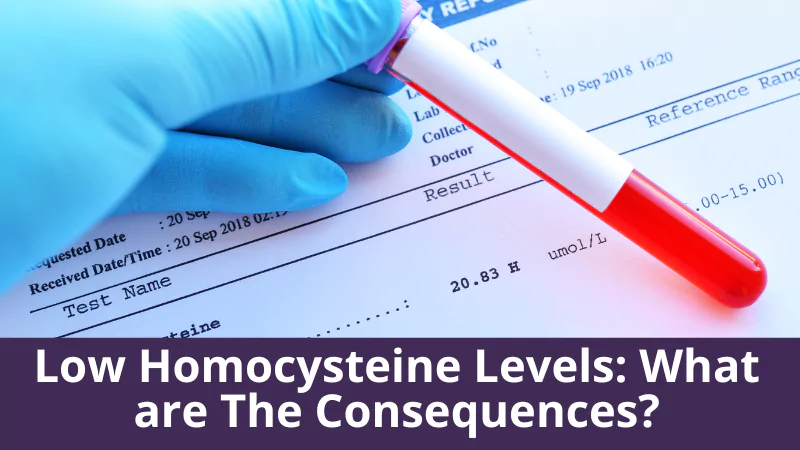How This Weed Killer Could Also Be Killing You
Glyphosate herbicides are the most popular and most commonly used herbicides today. While manufacturers claim them to be “safe,” there’s a whole lot of evidence that says otherwise. In this article, we will discuss the serious harm glyphosates bring about to our health and environment.
What are glyphosates?
Glyphosate is a broad-spectrum herbicide that is especially effective in killing grasses and broadleaf weeds. It was discovered in 1970 by John Franz, a chemist from Missouri-based agricultural and agrochemical giant Monsanto. The company introduced it in 1974 under the brand name Roundup.
In 2007, glyphosate was among the most used herbicide in the United States, across the agricultural sector home and garden, government, industry, and commerce. And according to the 2016 reports, there was a massive increase in the volume of glyphosates used and this is partly due to the emergence and spread of glyphosate-resistant weeds.
How does glyphosates work?
Glyphosate is a non-selective herbicide that is effective against most species of plants, although it acts only on those which are actively growing. It works by inhibiting the plant enzyme (Shikamate pathway) responsible for the production of three important amino acids: phenylalanine, tryptophan, and tyrosine.
These amino acids (and all amino acids in general) are the essential building blocks of proteins. Inhibition of protein synthesis leads to the disruptions of several biochemical processes which in turn results in rapid necrosis (tissue death) in the plant and ultimately, its death. Such mechanism allows glyphosate to effectively kill all plant species.
Glyphosate is also formulated to be highly soluble, allowing it be easily absorbed by the plant where it acts from the leaves to the roots.
What nutrients does glyphosates affect?
Glyphosate was originally intended (and therefore first patented) to be a general metal chelator. It strongly chelates the micronutrient manganese which, in plants, is a co-factor in more than 20 plant enzymes. Other nutrients affected by glyphosate include calcium, iron, copper, magnesium, and zinc.
Chelation of these important nutrients can lead to interference of various biochemical pathways which in turn compromises biological process and lead to a number of health problems.
What health problems are brought about by glyphosates?
Glyphosate is usually in formulations consisting of other ingredients that commonly include surfactants, biocides, pH-adjusting ions, colorants, and anti-foaming agents. Human poisoning with glyphosate formulations is therefore not with glyphosate alone, but with the complex mixture of ingredients in the formula.
Listed below are the health problems that can be caused by glyphosate formulations as a whole.
Birth Defects
The effects of glyphosate on unborn babies has been researched since the 1980s. According to industry research, animal studies in rats and rabbits revealed exposure to high amounts of glyphosate resulted in significant organ abnormalities and increased incidence of spontaneous abortions.
Other findings include disruption of normal endocrine function, atypical onset of puberty, and abnormal sexual behavior. These effects are attributed with the overactivity of retinoic acid, which is an oxidized form of vitamin A. Excessive amounts of this vitamin are not recommended for pregnant women.
Endocrine Disruption
While endocrine disruption does not necessarily lead to toxicity or tissue death, it can produce serious health problems by interfering with many of the body’s biochemical processes. It affects cell differentiation, liver function, bone metabolism, and reproduction.
It also results in abnormal levels of testosterone, estrogen, luteinizing, and follicle-stimulating hormones. This disruption may even progress to cancer, as some types of cancer (i.e. breast and prostate) are hormone-dependent.
Cancers
Studies have also found links between glyphosates and cancer, particularly non-Hodgkin’s lymphoma and multiple myeloma, both of which are blood cancer.
Non-Hodgkin’s lymphoma, or simply NHL, is a cancer that affects a type of white blood cell called the lymphocytes, while multiple myeloma involves the proliferation of plasma cells. Laboratory studies showed glyphosate damages the DNA of these cells. DNA damage is among the major triggers for cancers.
Animal studies also demonstrated increased incidence of testicular tumour and skin cancer in rats, although it was also stated glyphosate alone is not enough to initiate tumours.
Neurotoxicity
The term “neurotoxicity” pertains to exposure of toxic substances that cause damage to the nervous tissue. The most common neurotoxic effect of glyphosate is Parkinsonism, which occurs after acute exposure.
There are two documented cases of this effect in humans – one in a man from Brazil, and the other in a woman from Serbia. The Brazilian man was exposed to glyphosate through accidental spraying and developed Parkinson’s disease just a month later. The Serbian woman, on the other hand, ingested 500ml of glyphosate solution. She developed Parkinsonism, as well as altered mental status, brain lesions, and non- neurological symptoms. She died eventually.
The mechanism through which glyphosates cause neurotoxicity is via oxidative stress, which is due to the excessive amounts of free radicals in the body. Free radicals are unstable molecules that damage the important cell components like lipids, proteins, and DNA. Another mechanism is through the inhibition of the enzyme called acetylcholinesterase (AChE) which is linked to ADHD (attention deficit hyperactivity disorder).
Other symptoms of AChE inhibition are constriction of the eye pupil, lacrimation, dyspnoea, respiratory difficulties, cyanosis, sweating, slow heart rate, diarrhoea, and vomiting. Behavioural symptoms may also be observed, and these include personality changes and psychotic episodes. In worst cases, neurotoxicity may even lead to coma and death.
Internal Organ Damage
Consumption of glyphosate-tolerant soybeans resulted in abnormalities of the kidneys and liver. The mechanism is similar to that of neurotoxicity, that is, due to the excessive production of free radicals. There is also a concurrent decrease in the amount of enzymes that counteract the effects of these harmful molecules.
Acute Toxicity
Acute toxicity from glyphosate – either through inhalation or skin contact – also causes symptoms including skin and eye irritation, respiratory problems, and vomiting These symptoms, nonetheless, can only manifest at concentrations of 5000 mg/kg.
Ingestion, on the other hand, results in oral ulceration, hyper salivation, nausea, vomiting, and diarrhoea. Ingestion of large amounts leads to severe toxicity that causes kidney and liver impairment, extremely low blood pressure, pulmonary edema, respiratory failure, coma, and even death.
Glyphosate toxicity must not be ignored, especially since the evidence of its harmful effects to health and the environment are consistently increasing. To protect yourself and your family from all the health troubles it can cause, it would be wise to avoid its use in your garden and farms. Avoid genetically modified foods that are genetically-engineered crops sprayed with glyphosate herbicides. Opt for organic foods that are 100% certified.
References:
Bradberry, S.M., Proudfoot, A.T., & Valle, J.A. (2004). Glyphosate poisoning. Toxological Review, 23 (3), 159-67. https://www.ncbi.nlm.nih.gov/pubmed/15862083
Henderson, A. M., Gervais, J. A., Luukinen, B., Buhl, K., and Stone, D. 2010. Glyphosate General Fact Sheet. National Pesticide Information Center, Oregon State University Extension Services. Retrieved October 6, 2010 rom http://npic.orst.edu/factsheets/glyphogen.html
Mercola, J. (2013). Mosanto’s Roundup Herbicide May Be Most Important Factor in Development of Autism and Other Chronic Disease. Retrieved October 7, 2016 from http://articles.mercola.com/sites/articles/archive/2013/06/09/monsanto-roundup-herbicide.aspx
Why Glyphosate Should Be Banned (Rep.). (2012, October 10). Retrieved October 5, 2016 from http://www.i-sis.org.uk/Why_Glyphosate_Should_be_Banned.php









